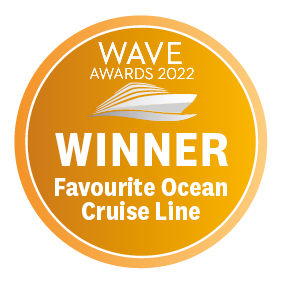Whales & Volcanic Landscapes of Iceland

Thanks to her ability to cruise at higher speeds than other ships, Borealis – sister ship of our flagship Bolette – is perfectly suited for sailing our longer voyages across the globe. Cruising faster means she can include more stops, scenic discoveries and highlights into each itinerary.
Fred Olsen Cruises combine quality cruise experiences with customer-friendly value. They’ve plied the waves for 175 years, and are still going as strong today as their first day at sea.
Offering a stylish & understated style of traditional cruising, the line prides itself on its Signature Experience programme- helping passengers to gain an in-depth understanding of their destinations.
Ideal for passengers seeking a laid-back cruise, with an informal and friendly atmosphere aboard.

Thanks to her ability to cruise at higher speeds than other ships, Borealis – sister ship of our flagship Bolette – is perfectly suited for sailing our longer voyages across the globe. Cruising faster means she can include more stops, scenic discoveries and highlights into each itinerary.




